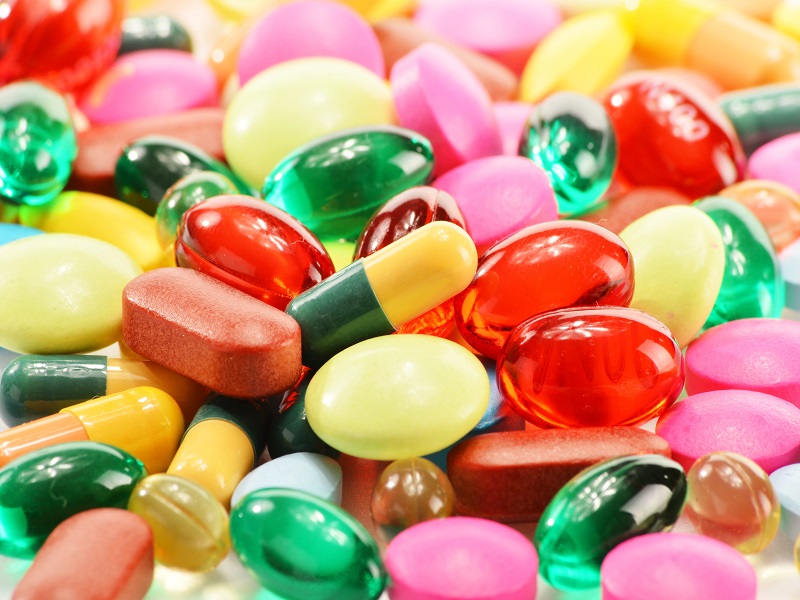

As the coronavirus pandemic continues, fewer Canadian benefits plan members are making drug claims, according to Telus Health’s annual drug trends report.
The report, based on the drug claims activity of more than 10 million plan members in 2021, found just 56 per cent made a claim in 2021, reflecting a decreased frequency of in-person medical appointments. By comparison, 62 per cent of plan members made a claim in 2019.
Despite these downward trends, the average eligible amount per claim jumped by nine per cent, from $77 in 2020 to $83 in 2021, well above growth rates for the previous four years and significantly outpacing average annual increases in the consumer price index over the past two years, noted the report. In addition, the average annual eligible amount per claimant was $928.30 in 2021 — up six per cent from $876.11 in 2020 — while the average monthly eligible amount grew by five per cent in 2021.
The report attributed these cost increases to specialty drugs, noting two per cent of all claimants submitted eligible amounts totalling more than $10,000, accounting for 40 per cent of the total eligible amount for all claimants. In addition, specialty drugs’ contribution to the growth rate in the eligible amount per plan member was 9.5 per cent in 2021. Among claimants with a total eligible amount exceeding $100,000, the majority of claims were for cancer medications, followed by drugs for rheumatoid arthritis and cystic fibrosis.
In 2021, 55 per cent of private drug plans had mandatory generic substitution policies, down very slightly from 56 per cent in both 2020 and 2019. Generic prescription drugs accounted for 66 per cent of claims covered by private drug plans, compared to 64 per cent in 2020.
Read: Mental-health, specialty medications driving drug costs in 2020: report
Diabetes drugs accounted for 12 per cent of eligible drug costs and roughly eight per cent of claims, said the report, noting the category is projected to surpass rheumatoid arthritis (12.6 per cent) as the top drug category by eligible amount, due to factors such as increased utilization of higher-cost treatments and public switching policies that will increasingly result in more prescriptions for lower-cost biosimilars.
While depression medications remained at five per cent of the total eligible cost, the category’s claims volume increased to 11 per cent from roughly 10 per cent in 2020. And the stimulant attention-deficit/hyperactivity disorder class saw the highest year-over-year growth within a category at 19 per cent, equivalent to $241 million of total eligible costs in 2021.
Read: PMPRB drug pricing regulations officially coming into effect this July
